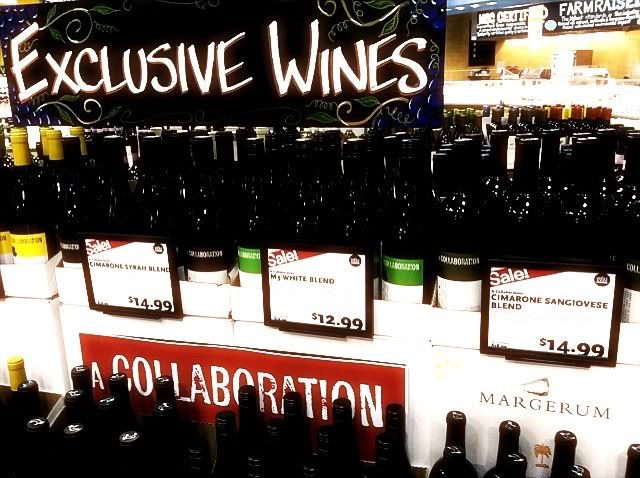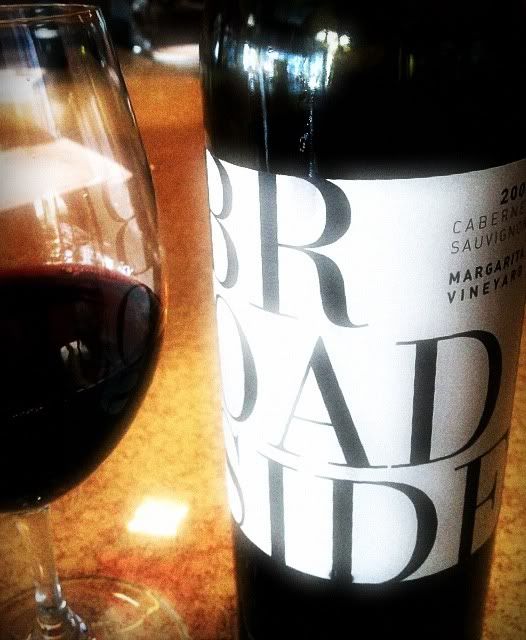A Chicago writer, Michael Austin, has endeavoured to make wine designations a little easier to understand. In the Chicago Sun-Times, he breaks it down this way: European wines are named for the places where they originate, while elsewhere the wine is usually named for the grape from which it's made.
For example, the French wine called Bordeaux is wine made in a place called Bordeaux. It can be red, white, Merlot, Cabernet Sauvignon or Sauvignon Blanc, but it's all Bordeaux. It's the same in Burgundy. That's a place in France, and that's where Burgundy comes from, not California, as Gallo, Rossi and other producers have insisted with their so-called "California Burgundy" wines.
Champagne is also a specific place in France. Sparkling wine from California is not Champagne, since it's not made there. Even bubblies from other parts of France are called by a different name, cremant. This is probably the most abused wine designation, as many American producers insist on calling their sparkling wines "Champagne." The region of Champagne takes steps to try and educate the public on the distinction, in an effort to preserve their brand.
In Italy, a Barolo is made from Nebbiolo grapes, but it's made in the town of Barolo. Chianti comes from Chianti. It would be named after the Sangiovese grape elsewhere. Spanish Rioja wine is made from Tempranillo and Garnacha, mainly. Rioja, though, is the specific place where the wine is made.
Austin goes on to describe several other designations and what they mean. The article is a good starting point for anyone just getting into the wine world who feels a bit confused by labels on European wines.
Follow Randy Fuller on Twitter.
For example, the French wine called Bordeaux is wine made in a place called Bordeaux. It can be red, white, Merlot, Cabernet Sauvignon or Sauvignon Blanc, but it's all Bordeaux. It's the same in Burgundy. That's a place in France, and that's where Burgundy comes from, not California, as Gallo, Rossi and other producers have insisted with their so-called "California Burgundy" wines.
Champagne is also a specific place in France. Sparkling wine from California is not Champagne, since it's not made there. Even bubblies from other parts of France are called by a different name, cremant. This is probably the most abused wine designation, as many American producers insist on calling their sparkling wines "Champagne." The region of Champagne takes steps to try and educate the public on the distinction, in an effort to preserve their brand.
In Italy, a Barolo is made from Nebbiolo grapes, but it's made in the town of Barolo. Chianti comes from Chianti. It would be named after the Sangiovese grape elsewhere. Spanish Rioja wine is made from Tempranillo and Garnacha, mainly. Rioja, though, is the specific place where the wine is made.
Austin goes on to describe several other designations and what they mean. The article is a good starting point for anyone just getting into the wine world who feels a bit confused by labels on European wines.
Follow Randy Fuller on Twitter.

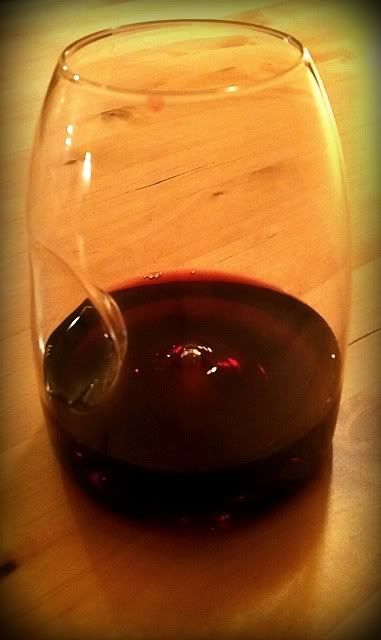

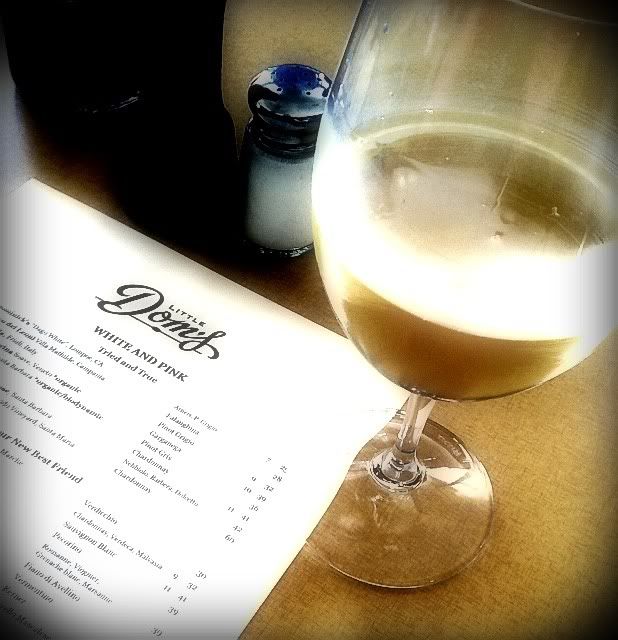
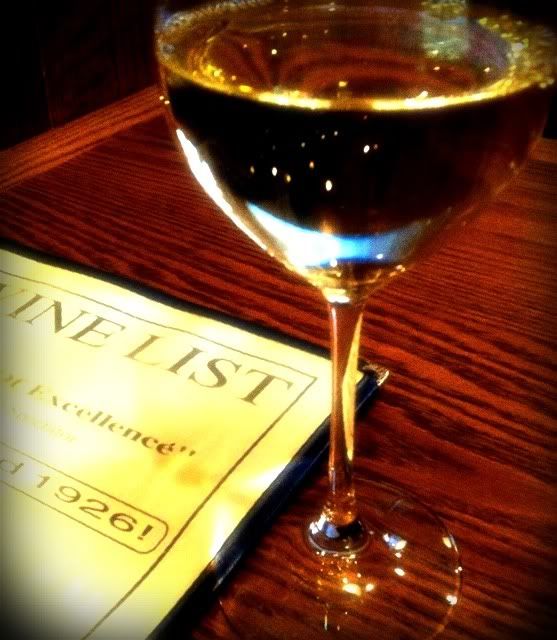



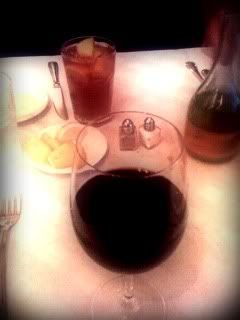
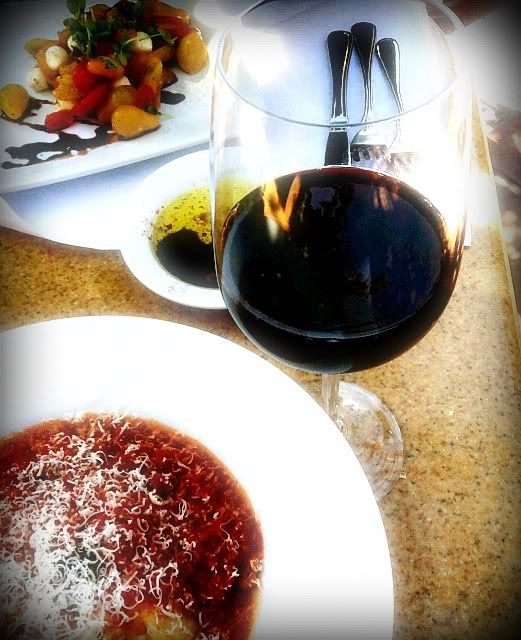

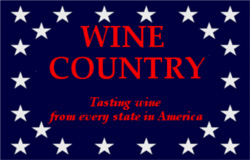
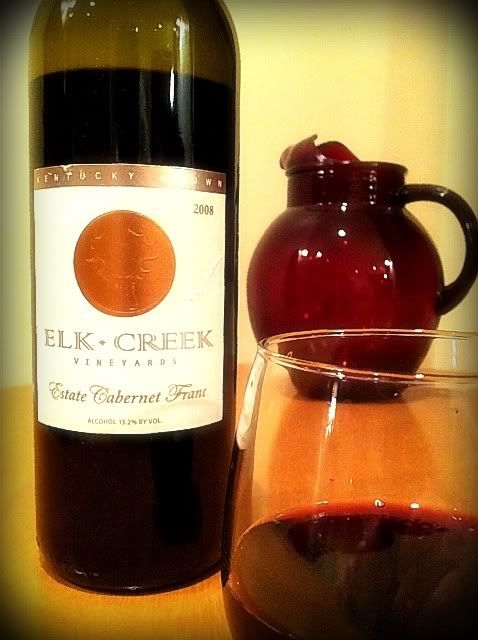 Elk Creek Vineyard's Estate Cabernet Franc 2008 is the second vintage of this wine from Elk Creek. Cab Franc is considered by the University of Kentucky to be
Elk Creek Vineyard's Estate Cabernet Franc 2008 is the second vintage of this wine from Elk Creek. Cab Franc is considered by the University of Kentucky to be 

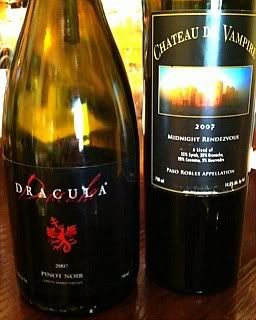 The Dracula Pinot Noir 2007 is made from Santa Maria grapes - picked before sunrise, of course. The wine spent 18 months in French oak. It has a big, rich nose and big, rich flavors to match. Cherry and raspberry notes dominate in properly dark fashion.
The Dracula Pinot Noir 2007 is made from Santa Maria grapes - picked before sunrise, of course. The wine spent 18 months in French oak. It has a big, rich nose and big, rich flavors to match. Cherry and raspberry notes dominate in properly dark fashion.


